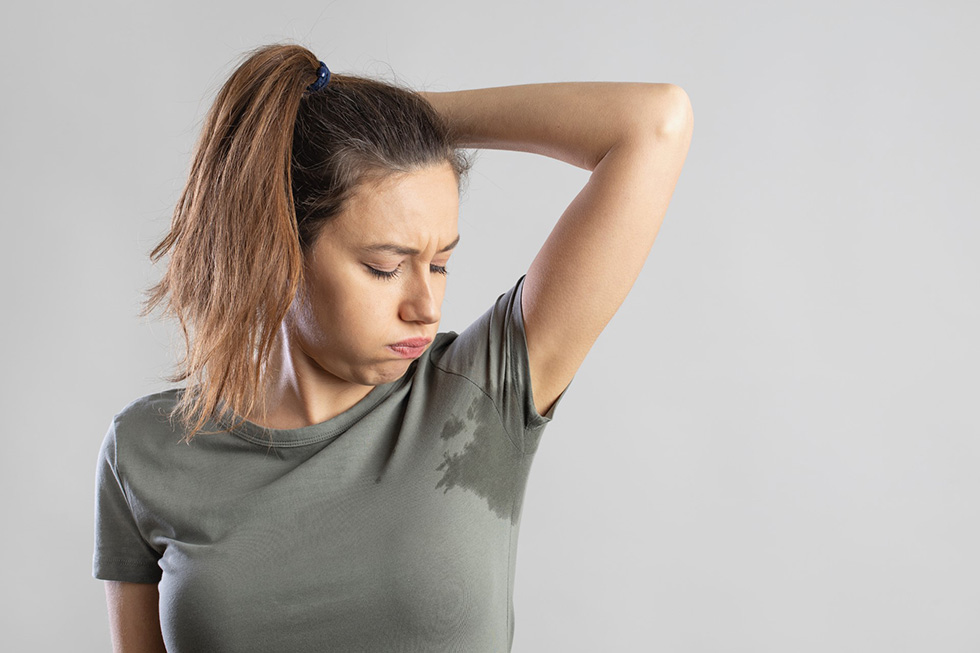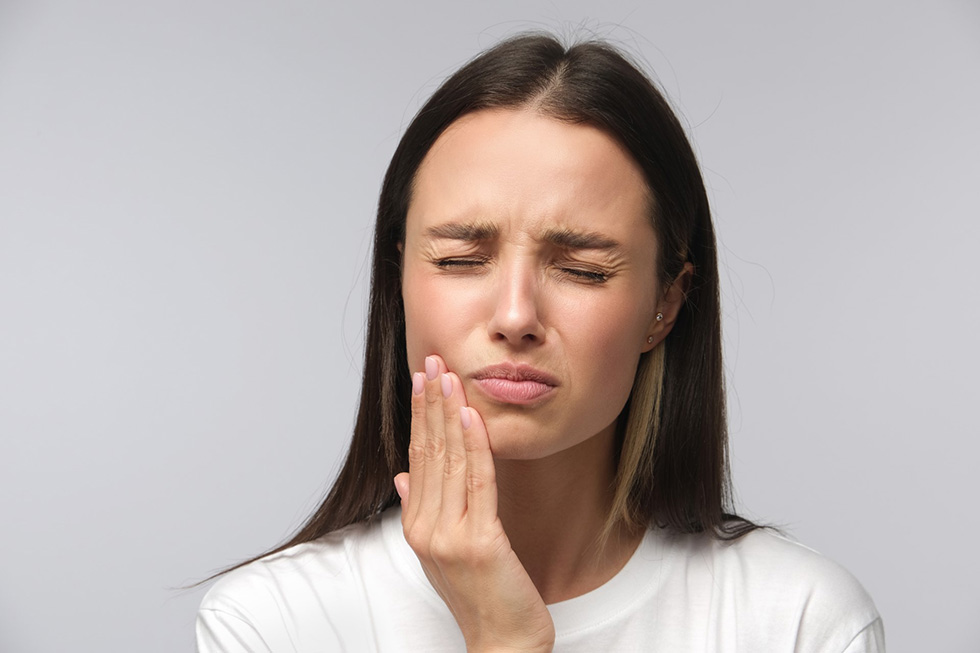Migraines

What are migraines?
Migraines can severely affect the quality of the sufferer’s life and can prevent them from carrying out normal daily activities. However, a number of treatments are available which can reduce the symptoms and prevent further attacks. Neuromodulators such as Botox are an effective method for alleviating the symptoms of migraines with fewer side effects and hassle compared to other treatment methods.
The frequency of migraines varies from patient to patient. Some patients may have migraines several times a week, others may only have a migraine once every few years. Likewise, the severity of the migraine is also variable. While some migraines may be managed using over-the-counter painkillers, others may cause patients to have paralysis, slurred speech, a blinding pain, fever, seizure, double vision or a rash. In these more severe instances, patients should see a doctor as soon as possible.
Common symptoms include:
- Severe headache
- Visual disturbances e.g. spots or flashing lights
- Sensitivity to light, noise, or smells
- Nausea and vomiting
- Tingling sensations, pins and needles, and weakness or numbness in the limbs
The procedure
We advise patients to consult their GP/specialist in the first instance for treatments and investigations into severe/worrying/persistent headaches.
Where patients have had a full check-up and diagnosis and tried other treatments, then neuromodulators such as Botox® treatments may provide an alternative option with potentially longer-lasting benefits.
How Botox for migraines works
The true cause of migraines is unknown and can vary from person to person.
However it is now clear that some patients who have suffered with migraines and certain types of headaches in the past no longer have the symptoms or else find that they are much reduced in frequency and/or severity after treatment with Botox.
Botox was approved in 2010 as a preventive treatment for chronic migraine in the UK by Medicines and Healthcare products Regulatory Agency (MHRA) , after having been previously approved by the FDA in the US.
In the mid-1990s, a number of patients reported an improvement in their headaches having received Botox for other reasons. Further clinical trials since this time found that Botox was particularly effective in treating chronic migraines. Unlike in the other conditions that Botox is used to treat, when used for migraines it is not thought to work by relaxing overactive muscles. Instead, it has been shown to inhibit the release of peripheral nociceptive neurotransmitters, which is then believed to have a knock-on effect on the central pain processing system that generates migraine headaches.
Botox is a quick treatment, taking only ten to fifteen minutes to administer. It is a low risk procedure using small superficial injections. The procedure does need to be repeated to maintain the effect, and results are normally seen after the second treatment. Treatments cycles are undertaken every twelve weeks.
FAQs – migraines
Do I need a referral before I can book my treatment?
Yes, to treat chronic migraines a referral from your GP or specialist is required.
To arrange a consultation or for further information, please click below
Hyperhidrosis

What is hyperhidrosis?
Severe underarm excessive sweating and perspiration, called hyperhidrosis, affects both men and women. Excessive underarm excessive sweating is caused by overactive sweat glands. The condition can be embarrassing for sufferers and can greatly impact their daily lives.
Common symptoms include:
Common signs of hyperhidrosis can include:
- Changing clothes frequently due to sweat stains.
- Avoiding certain fabrics and styles of clothes.
- Experimenting with lots of different antiperspirants and deodorants.
- Putting absorbent materials under clothing.
- Frequently buying new clothes to replace damaged ones.
The procedure
When injected under the arms, Botox blocks chemical signals from the nerves and reduces stimulation of the sweat glands, which in turn reduces the production of sweat. The needle used is very fine, which minimises discomfort; and only about 15 injections are required, although this will vary from patient to patient.
Within four weeks, a significant reduction in underarm sweating should become apparent.
Botox for hyperhidrosis
Botox is a quick treatment, taking only 10 or 15 minutes to apply, yet has impressive and long-lasting results. It is also a minimally invasive, low-risk procedure and rarely causes discomfort. The procedure does need to be repeated to maintain the effect, usually only two or three times a year. It is a clinically proven method which has been widely researched and used successfully for several decades.
FAQs – hyperidrosis
Do I need a referral before I can book my treatment?
No, but other treatments suggested by your GP would be recommended and discussed before treatment is considered.
To arrange a consultation or for further information, please click below
Bruxism

What is bruxism?
Bruxism is the medical term for teeth grinding and is typically accompanied by the clenching of the jaw. Bruxism is an oral condition that occurs in many people at some time in their lives.
Bruxism is often an involuntary problem. It afflicts many people when they sleep and is often exacerbated by stress. When teeth grinding occurs just at night, many people only realise they have the condition when they wake up and feel that their jaw is sore or notice teeth damage.
Neuromodulators such as Botox® treatments, have been shown to alleviate bruxism. The treatment works by relaxing the jaw muscle sufficiently to reduce grinding symptoms while maintaining normal jaw and teeth action.
Common symptoms include:
Bruxism symptoms can include:
- Headache
- Earache
- Facial pain
- Chipped teeth
- Chewed tissue
- Gum pain
- Toothache
- Masseter hypertrophy (enlarged jaw muscle)
- Muscle ache
The procedure
Botox® (botulinum toxin type-A) is a commonly used medical treatment for bruxism which can be seen to lessen the effects of jaw clenching in a relatively short time. The treatment takes approximately ten to fifteen minutes, with results becoming apparent within five to ten days. The results will last for three to six months and, with repeated treatments, patients may find that their bruxism stops altogether.
How Botox® for bruxism works
Botox® is injected directly into the muscle to stop nerve impulses from reaching the muscle. By inhibiting the muscle movement, patients will experience relief from jaw aches, soreness, pains and headaches. It’s important to understand that muscle movement is reduced just enough create a reduction of bruxism symptoms such as the grinding and clenching. However, the main function of the masseter muscle remains unaffected.
FAQs – bruxism
Do I need a referral before I can book my treatment?
No, but other treatments suggested by your GP/Dentist/orthodontist would be recommended and discussed before treatment is considered.
